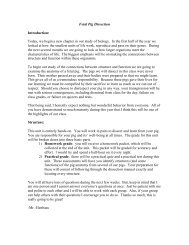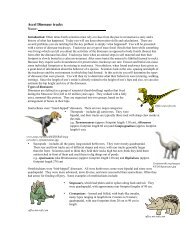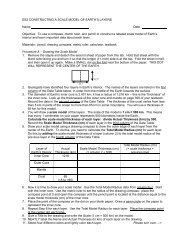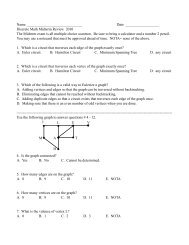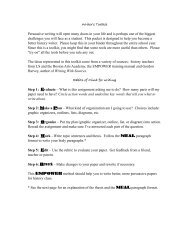Trait Perspective Hans and Sybil Eysenck
Trait Perspective Hans and Sybil Eysenck
Trait Perspective Hans and Sybil Eysenck
You also want an ePaper? Increase the reach of your titles
YUMPU automatically turns print PDFs into web optimized ePapers that Google loves.
Theory/Terms• theory based primarily on physiology <strong>and</strong> genetics—interested in temperament• temperament—the aspect of personality that exists from birth• divided personality into two biologically-based categories of temperament:• Extraversion/Introversion• extraversion characterized by being outgoing, talkative, <strong>and</strong> in need of externalstimulation• <strong>Eysenck</strong>'s arousal theory of extraversion—everybody has certain optimal level of arousalat which he/she performs best• extraverts chronically under-aroused <strong>and</strong> need external stimulation to bring them upto an optimal level of performance• introverts chronically over-aroused <strong>and</strong> need peace <strong>and</strong> quiet to bring them to anoptimal level of performance• Neuroticism/Stability• neuroticism or emotionality characterized by high levels of negative affect such asdepression <strong>and</strong> anxiety• neuroticism based on activation thresholds in the part of the brain responsible for thefight-or-flight response• activation can be measured by heart rate, blood pressure, cold h<strong>and</strong>s, sweating, <strong>and</strong>muscular tension• neurotic people, who have low activation thresholds <strong>and</strong> are unable to control theiremotional reactions, experience negative affect in the face of minor stressors• emotionally stable people, who have high activation thresholds <strong>and</strong> good emotional



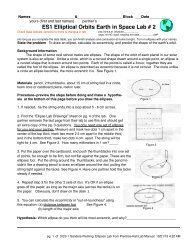


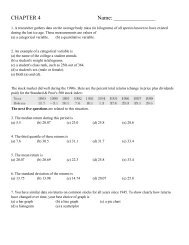

![';1asAu ro; las I sgeo8 leuo!]eslanuol aql utelqo o1 palenttouJ ue I ...](https://img.yumpu.com/49072782/1/190x221/1asau-ro-las-i-sgeo8-leuoeslanuol-aql-utelqo-o1-palenttouj-ue-i-.jpg?quality=85)

